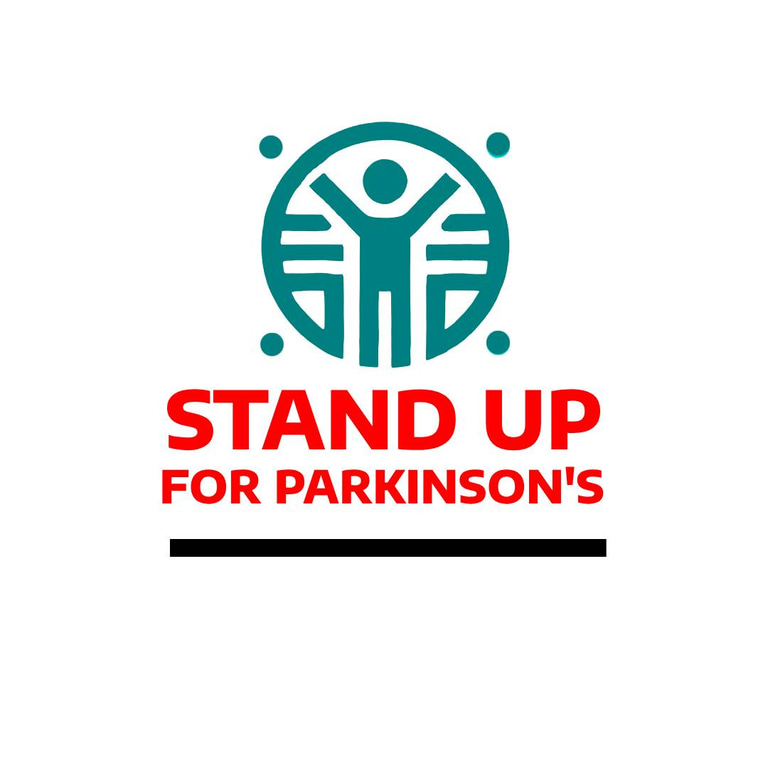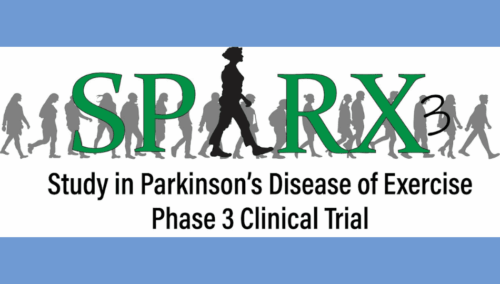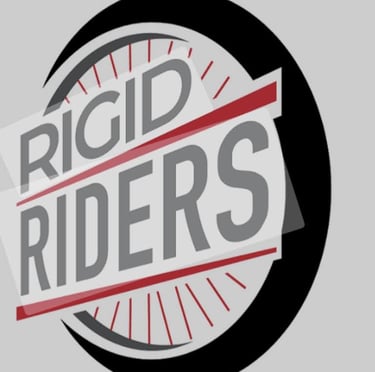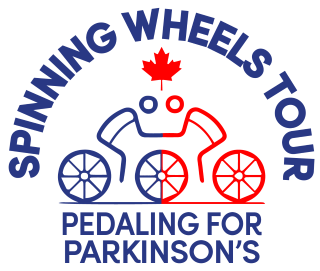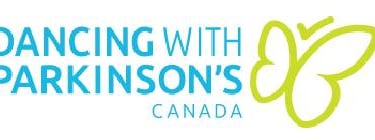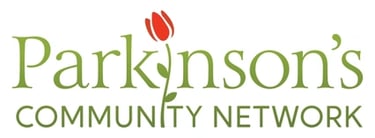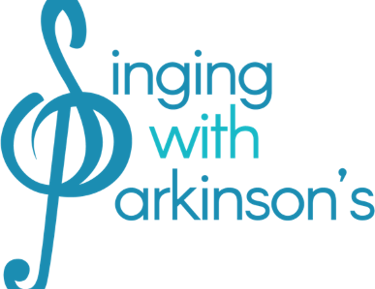Join me in challenging stigma, building awareness, and creating community for over 110,000 Canadians living with Parkinson’s.
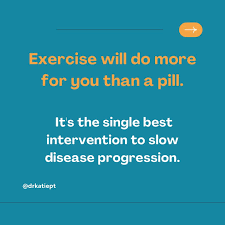
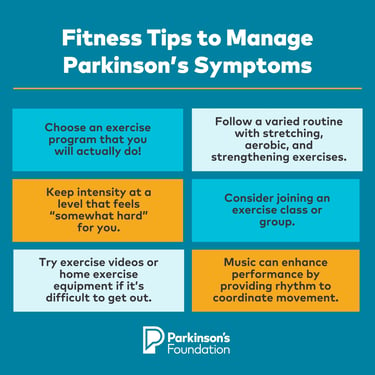
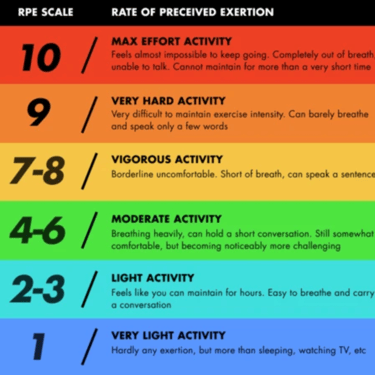
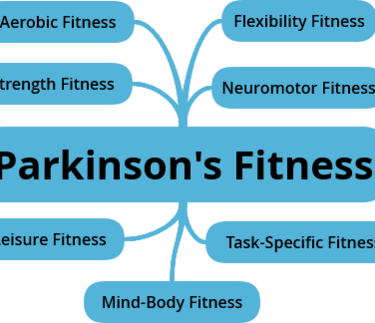
Exercise can help manage Parkinson's disease symptoms and improve quality of life. It can be as important as taking medication.
Here are some types of exercise that can help with Parkinson's:
Aerobic exercise
4x/week - 30mins.
Improves cardiovascular fitness and can help with balance, strength, and gait. Examples include walking, cycling, or swimming.
Strength training
2-3x/week
10-15 reps /1-3 sets
Improves muscle strength. Examples include using handheld weights, weight machines, or resistance bands.
Balance, agility, and multitasking activities
2-7x /week 10-15 minutes
Improves balance, posture, and postural stability. Examples include yoga, tai chi, or boxing.
Stretching activities
2-7x/weeek
Improves muscle stiffness. Examples include dynamic stretching or deep breathing.
Some tips for exercising with Parkinson's include:
Aim for 2.5 hours of physical activity per week.
Push yourself to be active.
Make physical activity part of your daily routine.
Choose exercises that seem right for you.
Stretch slowly without bouncing or jerking.
Hold the stretch in a comfortable position long enough for the muscles to relax.
Avoid pain.
Breathe naturally.
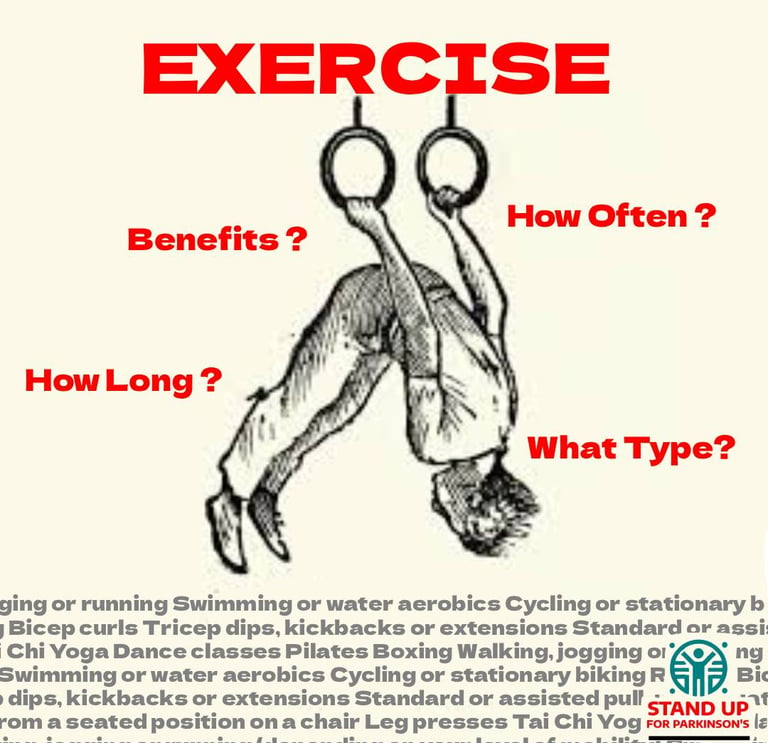

Walking - Pole Walking
Walking and Pole Walking are simple, effective, and accessible exercises for people with Parkinson’s disease (PD). They help improve both motor and non-motor symptoms while promoting overall health. Here’s why they’re great:
1. Improves Gait & Reduces Freezing
Walking helps maintain stride length and rhythm, reducing shuffling.
Pole walking (Nordic walking) encourages bigger, more controlled steps, helping prevent freezing episodes.
Rhythmic movement improves walking fluidity.
2. Enhances Balance & Reduces Fall Risk
Pole walking provides extra stability, reducing the chance of falls.
Engages core muscles, improving posture and stability.
Strengthens ankles, knees, and hips, making movements more controlled.
3. Builds Strength & Endurance
Engages upper body when using poles, working arms, shoulders, and back.
Improves leg strength, making everyday activities easier.
Increases stamina without being too strenuous.
4. Reduces Stiffness & Bradykinesia
The repetitive motion of walking helps loosen stiff muscles.
Encourages larger, more exaggerated movements, similar to LSVT BIG therapy.
Walking with poles activates 90% of body muscles, keeping the whole body engaged.
5. Boosts Brain Function & Dopamine Levels
Exercise helps increase dopamine production, which can slow PD progression.
Improves focus, decision-making, and cognitive function.
Helps with mental clarity and reduces brain fog.
6. Improves Posture & Reduces Back Pain
Walking with poles encourages upright posture, preventing the forward-leaning stance common in PD.
Reduces strain on lower back and joints.
7. Enhances Mood & Reduces Stress
Walking outdoors can boost mood and reduce anxiety.
The rhythmic movement has a calming effect on the nervous system.
Can help fight depression and social isolation.
8. Encourages Social Engagement
Walking with a group or partner provides motivation and support.
Participating in Parkinson’s walking programs helps create community and accountability.
9. Adaptable for Different Mobility Levels
Can be done at any pace or intensity.
Poles can be adjusted to match individual strength and stability needs.
Seated marching or treadmill walking are great alternatives for those with mobility challenges.
Why Choose Pole Walking Over Regular Walking?
✅ More stability and balance support
✅ Engages upper and lower body
✅ Encourages better posture and bigger movements
✅ Reduces joint impact
Cycling
Cycling is a fantastic exercise for people with Parkinson’s disease (PD), offering both physical and neurological benefits. It’s low-impact, rhythmic, and can help improve motor symptoms and overall well-being. Here’s why cycling is a great choice:
1. Improves Gait & Reduces Freezing Episodes
Cycling promotes smooth, continuous movement, which helps bypass motor blocks in the brain.
Studies show forced-paced cycling (where the pedals move at a steady speed) can improve walking and reduce freezing episodes.
2. Enhances Balance & Coordination
Cycling challenges the brain to maintain balance, strengthening postural control.
It helps with reaction time and coordination, reducing the risk of falls.
3. Strengthens Leg Muscles & Endurance
Builds leg strength, which is key for walking and mobility.
Improves cardiovascular health, boosting overall stamina and reducing fatigue.
4. Increases Dopamine Levels
Like other exercises, cycling can increase dopamine production, helping manage motor symptoms.
It can also improve focus and mental clarity.
5. Supports Joint Health & Reduces Stiffness
Cycling is low-impact, making it gentler on joints than walking or running.
The rhythmic motion helps loosen stiff muscles and improve flexibility.
6. Enhances Mood & Mental Well-being
Cycling reduces stress and anxiety by releasing endorphins.
It can boost confidence and motivation to stay active.
7. Can Be Done Indoors or Outdoors
Stationary cycling is great for safety and consistency.
Outdoor cycling provides fresh air, scenery, and a sense of freedom.
8. Encourages Social Connection
Joining a cycling group or participating in Parkinson’s cycling programs fosters community and motivation.
9. Helps with Cardiovascular & Overall Health
Improves heart health and circulation.
Helps maintain a healthy weight and overall fitness.
Dance
Dancing is one of the most enjoyable and effective ways to manage Parkinson’s disease (PD). It combines movement, rhythm, and social engagement, all of which can help improve motor and non-motor symptoms. Here’s why dancing is a great choice:
1. Improves Balance & Coordination PD can affect balance and posture, but dance helps by Strengthening core muscles
Enhancing body awareness
Improving reaction time and stability
2. Reduces Freezing & Gait Issues
Rhythmic movement and music help bypass the brain’s motor blocks, which can:
Reduce freezing episodes
Improve stride length and walking speed
Help maintain a steady rhythm while walking
3. Enhances Flexibility & Range of Motion
Many dance styles involve big, fluid movements, which:
Help counteract rigidity
Improve joint flexibility
Encourage larger, more controlled movements
4. Boosts Dopamine & Elevates Mood
Music and movement are powerful mood boosters! Dancing:
Increases dopamine production (which is low in PD)
Reduces anxiety and depression
Provides an emotional and creative outlet
5. Strengthens Cognitive Function
Dancing isn’t just moving—it’s thinking and remembering, which helps with:
Memory recall (learning and remembering steps)
Multi-tasking (balancing, stepping, coordinating movements)
Mental focus and decision-making
6. Encourages Social Engagement
Many people with PD experience isolation, but dance provides:
A fun and supportive group activity
A chance to connect with others
Increased confidence and self-expression
7. Reduces Stiffness & Bradykinesia
Slow, stiff movements are common in PD, but dance helps by:
Encouraging continuous, smooth motion
Promoting better arm swing and posture
Reducing muscle stiffness
8. Adaptable to All Levels
There’s a dance style for everyone! Some great options for PD include:
Tango (helps with balance and gait)
Waltz or ballroom dance (improves coordination)
Tap dance (enhances rhythm and footwork)
Zumba or aerobic dance (boosts endurance)
Seated dance (for those with mobility challenges
Boxing is one of the most effective exercises for people with Parkinson’s disease (PD), offering both physical and neurological benefits. Programs like Rock Steady Boxing have gained popularity because they target many of the symptoms PD affects. Here’s how boxing can help:
1. Improves Balance & Coordination
PD often causes balance issues and falls, but boxing helps by:
Strengthening core muscles
Enhancing footwork and agility
Improving reaction time
2. Reduces Bradykinesia & Rigidity
The fast, repetitive movements of boxing help combat slowness of movement (bradykinesia) and stiffness by:
Encouraging bigger, more forceful motions
Keeping joints and muscles flexible
Promoting better hand-eye coordination
3. Strengthens the Upper Body
PD can weaken the arms and shoulders, but boxing:
Builds upper body strength
Increases endurance
Helps with daily tasks like lifting and reaching
4. Enhances Cognitive Function
Boxing isn’t just physical—it’s mental too! It requires:
Quick decision-making
Strategy and focus
Multitasking skills (footwork + punching + defense)
5. Boosts Mood & Confidence
Boxing can increase dopamine production, improving mood
It’s a great stress reliever
The sense of empowerment from hitting a punching bag is a major confidence booster!
6. Encourages Social Connection
Group boxing classes provide:
A supportive community
Motivation to stay active
An opportunity to have fun while exercising
7. Helps with Gait & Freezing Episodes
The rhythmic, repetitive movements in boxing can help:
Reduce gait disturbances
Improve walking speed
Minimize freezing episodes
8. Provides a Non-Contact Challenge
Most boxing programs for PD are non-contact, meaning no getting punched in the face! Instead, they focus on:
Hitting heavy bags
Shadowboxing
Partner drills
Boxing
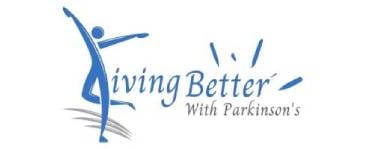

Pickleball is an excellent activity for people with Parkinson’s disease (PD). It’s a fun, social, and low-impact sport that can help improve both motor and non-motor symptoms. Here’s why pickleball is a great choice:
1. Improves Balance & Coordination
The side-to-side movements and quick reflexes required help with stability and agility.
Strengthens core muscles, which are crucial for balance.
Reduces the risk of falls by improving postural control.
2. Enhances Hand-Eye Coordination
The constant tracking of the ball improves reaction time and precision.
Helps maintain fine motor skills, which PD can affect.
3. Increases Dopamine & Brain Health
Exercise boosts dopamine levels, which are low in PD.
The strategic thinking involved helps with cognitive function and mental sharpness.
4. Encourages Large, Purposeful Movements
Similar to LSVT BIG therapy, pickleball encourages big, exaggerated movements, which can help combat bradykinesia (slow movement).
The swinging, reaching, and lunging motions help maintain range of motion and flexibility.
5. Strengthens Muscles & Endurance
Improves leg, arm, and core strength, helping with mobility and stability.
Boosts cardiovascular fitness without being too intense.
6. Reduces Stiffness & Rigidity
The continuous moving, stretching, and swinging helps loosen up stiff muscles.
The rhythmic nature of the game promotes fluid movement.
7. Boosts Mood & Social Connection
Playing in a group setting helps fight isolation and depression.
The fun and competitive nature of the game can be a great stress reliever.
8. Adaptable for Different Ability Levels
Can be played at various intensities, making it suitable for different mobility levels.
Can be modified with shorter courts or slower play for accessibility.
9. Helps with Reflexes & Quick Thinking
The fast-paced gameplay improves reaction speed and decision-making skills.
Engages both body and mind, keeping both active.
Why Pickleball Over Other Sports?
Easier on the joints than tennis.
Lighter paddle makes it easier to handle.
Smaller court means less running, making it more accessible.
Pickleball
Singing has some surprising benefits for people with Parkinson’s disease (PD). It’s not just about belting out your favorite tunes—it can actually help with symptom management and improve overall well-being. Here’s how:
1. Strengthens the Voice
PD often weakens the voice, making speech soft or monotone. Singing helps:
Improve vocal strength and projection
Enhance intonation and clarity
Maintain control of pitch and volume
2. Improves Breathing and Swallowing
Singing involves deep breathing and controlled exhalation, which can:
Strengthen respiratory muscles
Improve swallowing function (reducing aspiration risk)
Help with cough effectiveness
3. Enhances Mood and Reduces Stress
Music has a powerful emotional effect, and singing can:
Boost dopamine levels (which are low in PD)
Reduce anxiety and depression
Increase social connection, fighting isolation
4. Supports Speech Therapy Goals
Many speech therapists recommend LSVT LOUD or SPEAK OUT!, both of which focus on loud, intentional vocalization—just like singing!
5. Improves Facial Expression & Communication
PD can cause masked face (hypomimia) and limit nonverbal expression. Singing encourages:
More animated facial movement
Better communication through emotion
6. Encourages Movement and Coordination
Singing often leads to rhythmic movement, which can:
Help with gait and balance
Reduce freezing episodes
7. Boosts Social Engagement
Joining a choir or singing group can be fun and motivational! Programs like Parkinson’s Choirs are popping up worldwide, helping people stay active and connected
